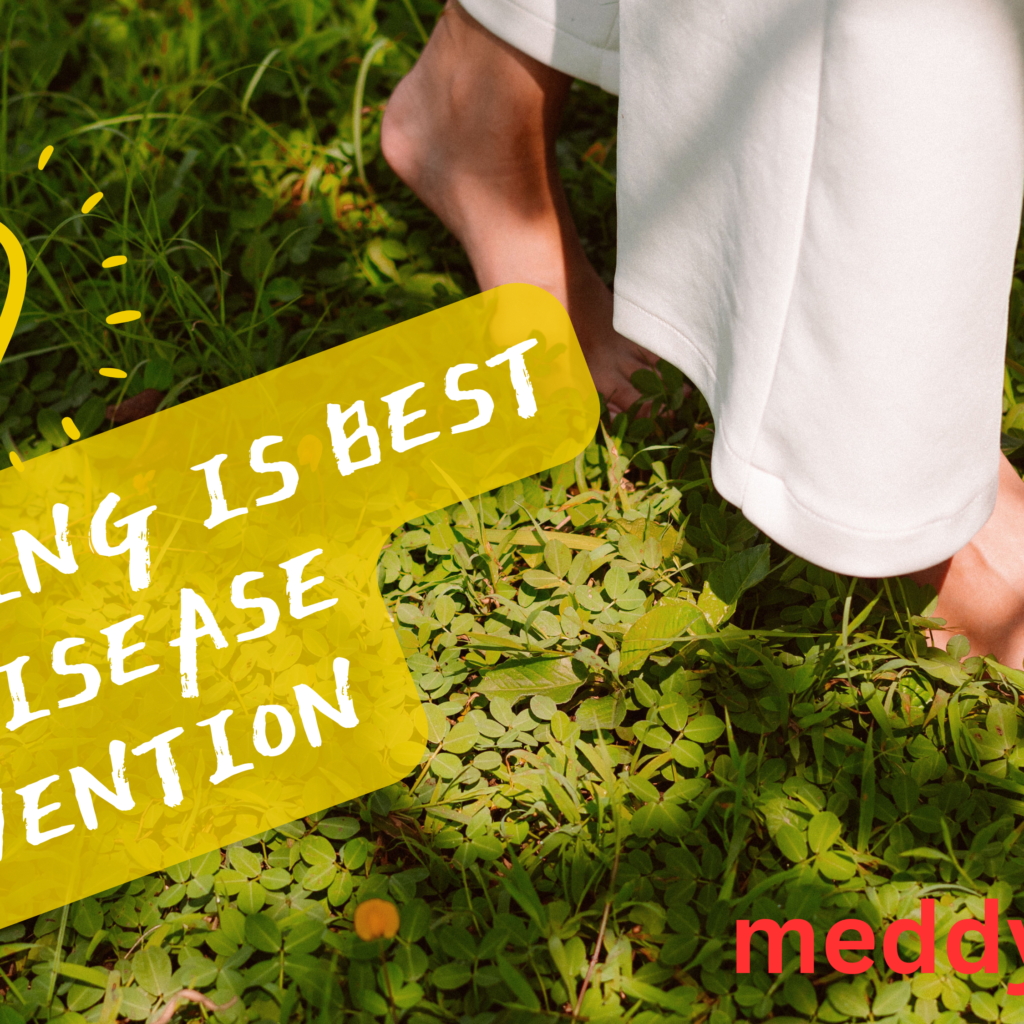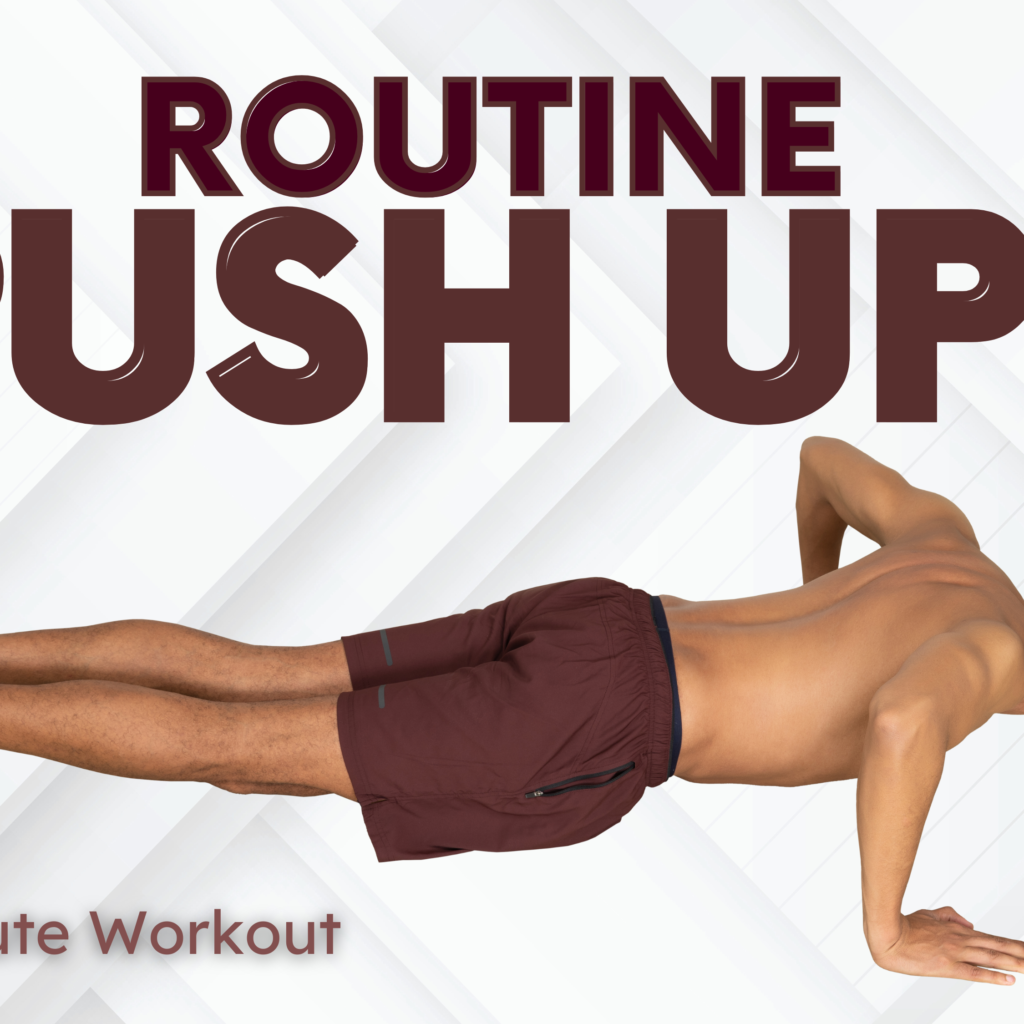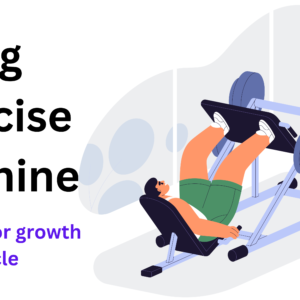Introduction
Maybe you need an effective yet easy technique in order to boost your immune system and avoid regular diseases? To some, exercise for disease prevention is probably one of the best and most natural cures anyone could find. It is agreed that introducing regular physical activity reduces the likelihood of chronic diseases, including heart illnesses and diabetes, obesity, and mental illnesses. Exercise is more than just building muscular strength and cardiovascular endurance, it boosts functioning of the immune system and therefore is a major necessity in people’s lives.
Another advantage of exercising the heart is that it becomes healthier. For example, normal exercising such as walking, jogging or swimming prevents obesity, lower/high blood pressure and reduced cholesterol levels. These benefits al as help reduce cardiovascular disease which is ranked as one of the major causes of death globally. Also, physical activity is essential in maintaining regular body glucose levels to prevent the onset of type 2 diabetes in the course of disease prevention.
Physical activity too aids in promoting mental health. Exercise lets out feel good hormones in the body, thus helping to lessen stress, anxiety and depression. It also enhances sleep quality – sleep is crucial in our bodies’ recuperation and rejuvenation processes, over and above contributing to the enhanced manufacturing line productivity. Exercising is a key way of building your mental capacity at the same time keep off common ailments.
Well, in this article, you will get to discover ten very practical tips towards achieving this noble cause of exercising towards fitness and healthy living. From learning about farm animals to excessive worrying or fitting in exercise no matter the circumstances, these will help any level of exerciser become more healthy and disease-proof no matter how little or much they exercise. This is not only true, but also the best time to find out how you can start making some crucial changes in your daily life today so as to live a healthier, more fulfilling life tomorrow!
Table of Contents
Understand the Role of Exercise in Disease Prevention
How exercise helps:
Physical activity is widely recognized as one of the most effective interventions for warding off chronic diseases; hence, of paramount value for life-long health. Physical activity for primary prevention of heart diseases is essential because it enhances circulation of blood, lowers blood pressure, and reduces levels of Low Density Lipids. It also has a regulatory effect on glucose, which make it possible to reduce the chance of getting type 2 diabetes.
Also, the use of exercise, prevents obesity, by using up the excess calorie intake, increasing caloric expenditure through metabolism, and healthy weight loss reduces the possibility of various health problems such as cardiovascular diseases, and metabolic disorders.
Apart from the physical well-being, health is also hugely given by exercises major in mental health. Engaging in moderate exercise daily increases the production of endorphin – the body’s natural stress buster that fighting stress, anxiety and depression. And it also optimizes the sleep which is important for both the body and mind to get a rest.
Also, expanding the immune system’s functions is the work of exercises to build up the body defense mechanisms against sicknesses and diseases. In fact, exercise has to be a daily happening in our daily plan, to not only avoid diseases but to create a healthy, happy and strong life.
Set Realistic Fitness Goals
Importance of Gradual Progress Based on Personal Fitness Level
Hence when begin exercising in order to prevent diseases it is important that one sets a gradual approach with regards to exercising depending on his or her physical capacity. If someone goes all out with a workout routine, chances are they will be injured, get tired or bored and quit the program. This way it avoids complications from rapid workouts and in the long run it forms the basis for subsequent acquisition of other forms of fitness. However, there is only one drawback: it has a slow pace of learning, which guarantees that you will stay interested in the process for a long time.
Examples of Beginner-Friendly Goals (e.g., Walking 30 Minutes a Day)
For people, especially those who have no experience with training, it is especially important to have reasonable goals. One of this is taking a 30 minutes walk, this is a form of exercise that can help increase cardiovascular health and at the same time promotes a healthy lifestyle. It is categorized as an aerobic exercise, safe for everyone, convenient to schedule at any time of the year and does not call for extra equipment.
As time goes on and your fitness training increases, duration, and intensity or try other activities such as cycling or light jogging may be introduced. Engaging in such small actions that are repeated throughout the day will enable you create a healthy lifestyle that prevents diseases and improves health status.
3. Incorporate Aerobic Exercise
Explanation of Aerobic Activities Like Walking, Running, Swimming

Aerobic exercise is important in the elimination and prevention of diseases since it works the heart and strengthens it, increases endurance and removes excess calories. It is advisable taking exercises like walking, running, swimming and every other activity that entails singing of the heart and enhancement of lung capacity.
Jogging is a good form of exercise that is easy on the joints and is preferred by first timers while swimming offers a good session with an increased rate able to challenge the cardiovascular system and increase muscle mass. When exercised these activities play a significant role in reducing diseases which are believed to have long time effects viz; diseases of the heart, over weighing, and sugar related complications.
Recommended Duration: 150 Minutes of Moderate Exercise Per Week
To enjoy the aerobic exercise workouts for disease prevention it is advised that adults of working age set a target of moderate 150 minutes aerobic activity for a week as proposed by the experts. This recommended by doing activities like walking, swimming or even cycling for instance.
However, to easily implement a steady program that enables the observation of the 150 minutes, the time can be divided into several sections like 30 minutes in five days a week. Aerobic exercise is a part of daily life that prevents obesity, supports blood circulation, and suppresses Main factors for chronic illnesses leading to long-term health and wellness.
4. Strength Training for Longevity
How Strength Training Helps Prevent Osteoporosis and Muscle Loss
Body building is an integral part of exercise in disease prevention and most essentially in combating osteoporosis and sarcopenia. Bone mineral density reduces with age which increases susceptibility to fractures and osteoporosis. Weight training enables the regular formation of bone mass, and even improvement of bone density hence why it is recommended for once in a while.
Further, strength exercise fights the decline of muscles that results in the development of weakness and limited movements. Therefore, strengthening exercises are useful for building up bone density, muscles and blocks for the body and through this bypass the risk of failure and fractures as one ages.
Examples of Simple Strength Exercises (Push-Ups, Squats, Resistance Bands)
In strength training it does not mean that one requires equipment such as barbells and other complicated equipment to gain the benefits. Programs that include basic strength training such as push-ups, squats, and resistance bands may be used to develop muscles and enhance the bones. Push-ups help the upper body and squats the lower body muscles such as the thighs, hips, and the abs.

Bands allow you to perform different workouts which assist in increasing flexibility while developing sturdiness at the muscles. All these exercises can be performed either at home or in the gym thereby being readily applicable and favorable for all these personalities. Just adding these couple of movements to your daily workout regimen, you can build up the muscles, regulate the posture and avoid the development of osteoporosis.
5. Flexibility and Balance Exercises
Role in Preventing Falls and Injuries, Especially in Older Adults
During the advanced age, one’s chance of a fall prone increases significantly; thus, exercises that boost stability come in handy. The present paper established exercise for disease prevention as instrumental in the prevention of falls especially among elderly people. Many of accidents can be prevented if elders increase muscle tone thereby enhancing their balance and coordination.
Comparison, with balance exercises helps in the scopes of flexibility training, which assists body confirmation, thus avoiding the risk of having a fall. When practiced in a daily fitness regime the following exercises will help the elderly remain self sufficient, recover from falls, and or prevent them from falling in the first place.
Stretching, Yoga, and Balance Routines to Enhance Flexibility
Some of the best exercises include stretching, yoga and balance that would help exercise the muscles thereby discouraging falls and injuries. The notion is that stretching enhances arterial wall compliance and the extend of joint and muscle flexibility thus improving movement. Yoga is a branch of exercise that employs stretching along with strength balance and breathing exercises and hence is especially helpful in increasing flexibility of the muscles and joints along with increasing their strength and balance.
You should perform activities like tai chi or exercises that aim at strengthening balance alongside other exercises to boost ones coordination and feel of the body. These exercises help to improve flexibility of the muscles, balance as well as decrease chances of falling especially for elderly persons desiring to lead active lifestyle.
6. Consistency Over Intensity
So when speaking of disease prevention through exercise, frequency trumps intensity any given day. It is healthier to exercising for thirty minutes of moderate level, like walking, swimming or cycling as compared to intervals of intense exercising. It is gradual progress that is seen to enhance health and improve on cardiovascular health, muscles and metabolism. To remain on track, be sure to set achievable goals, exercise at the right time within your convenience, and set up a people’s life type. It does this in a way that makes exercise a permanent fixture in a persons life, therefore contributing to chronic disease prevention.
7.Listen to Your Body
The awareness of symptoms of overtraining or exercising fatigue is crucial in any exercise performance safety. Fatigue can lead to injuries or at other times, body breaking down, which can hinder your goal. Listen to the signals that your body sends out before, during and after a workout session and make necessary changes. Make sure you don’t forget that as important as the workouts are, so is the rest and recovery days as well. Hydration helps the body get prepared to support energy needs during exercise while adequate relaxation allows the body ample time to prepare for exercise and heal if need be.
8.Make Exercise Enjoyable
The main reason for motivation to work out is by ensuring that the process is as fun as possible. Choose activities that you really are interested in; it can be sports, dancing, or hiking – this will help you to stay on track. When you manage to like what you are doing, exercise is not a burden, but a fulfilling part of life. Also competition through group actions or some kind of challenges can repay in the same manner as motivation through group action. Whether it’s a local team of sports or a certain group of fitness, group exercises for fitness or even online fitness challenges are usual ways that make exercising more enjoyable.
9.Combine Exercise with a Healthy Diet
This intervention is more beneficial to the disease prevention process when undertaken in conjunction with good diet. Organization of balanced diet works in parallel with exercising to ensure supply of nutrients required for energy uptake during exercises coupled with recovery. You should avoid the168fat and processed foods while adding proteins whole grains, fruits and other vegetables to your diet.
Protein foods, whole grain, low HDL fats, and additional vitamins and antioxidants increase energy, nutrition and immune systems for peak performance. On the other hand, when you combine a healthy diet with constant physical activity, you can improve your health, and avoid some diseases.
10.Track Progress and Celebrate Success
Recording your workout and every other process is a good way of encouraging yourself as you make your effort towards disease prevention. To this, he needed a way of registering progress, which could be in form of strength, endurance or reduction in body weights where applicable. They are motivated to pursue more challenging workouts to pass other milestones which include birthdays, Christmas, anniversaries, and even graduation, among others.
Encourage yourself with little rewards for correct behaviours, for instance, to have a glass of the fresh fruit or vegetable or to spend 15 mins on the pleasant activity. The best way to ensure that one continues on the path to reach those ultimate goals on fitness/health is to learn how to celebrate all the small successes.




